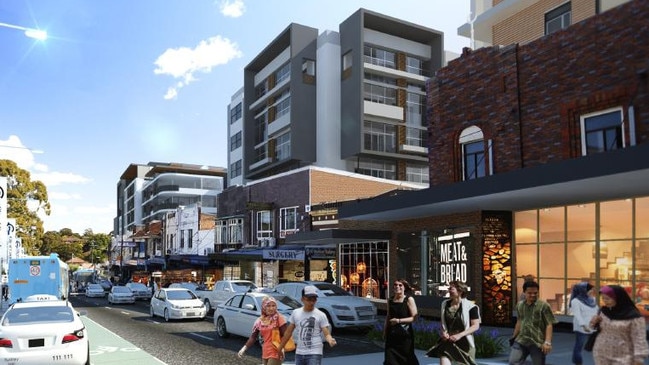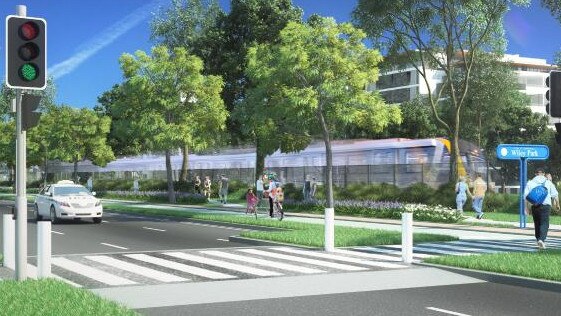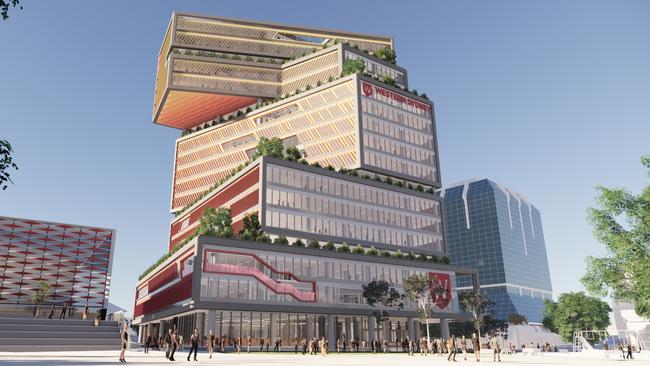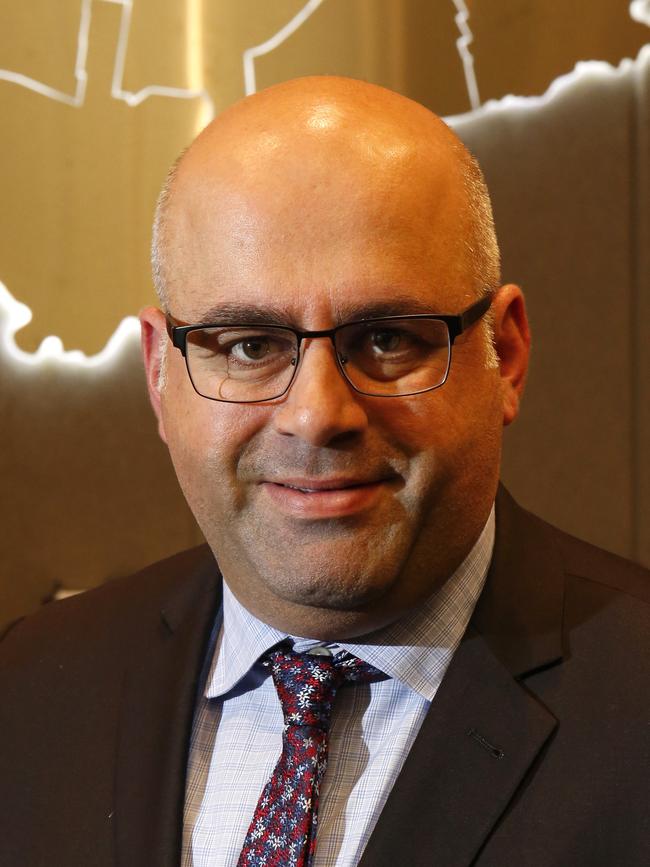Canterbury Bankstown Council plans for a population the size of Tasmania
High-rise living, more jobs and better transport are on the agenda for this southwest Sydney council as it reveals plans to accommodate 140,000 more residents and have a population size similar to Tasmania.
The Express
Don't miss out on the headlines from The Express. Followed categories will be added to My News.
High-rise living centred about public transport hubs and more jobs closer to home are just some of the strategies being considered to cope with a population boom in southwest Sydney.
Canterbury Bankstown Council is gearing up to welcome more than 140,000 people to the area in the next 20 years.
This will take the population from 360,000 to more than 500,000 people — the population of Tasmania.
Close to 50,000 homes, including high-rise apartments, will have to be built by 2016 to house the residents close to public transport, under the council’s Connective City 2036 plan.


Mayor Khal Asfour said the Sydney Metro Southwest, scheduled to open in 2024, “will act as a catalyst for new and improved bus services, and walking and cycling connections”.
The new Western Sydney University and the redevelopment of the Bankstown-Lidcombe Hospital in the CBD will also provide the city a big boost.
The council has identified Bankstown and Campsie as key growth areas for jobs and facilities, along with Chullora and Kingsgrove.
Bankstown and Campsie are being promoted as the main centres to attract more new industries like health to create more jobs.
“There will also be an eastern lifestyle and medical precinct from Kingsgrove to Campsie, with opportunities for health services on Canterbury Rd,” Mayor Asfour said.

“Chullora is a vibrant business park and is close to Bankstown so people can live and work close to the city.”
The city, which merged in 2016, currently provides jobs for 115,000 and plan to create a further 41,00 over the next two decades.
Cr Asfour said Canterbury-Bankstown is required to have a consolidated approach which would guides growth and change.
“The target of 50,000 new homes to be built by 2036 is a forceable target given by the State Government and we have to accommodate this growth,” Cr Asfour said.
“We have no options, though we did ask for the government to revise these figures.”

Cr Asfour said the plan would protect and enhance attractive, low-density suburban areas, offer more housing choice close to public transport; and encourage vibrant centres in the city.
Under the plan, the council aims to locate 80 per cent of new housing within walking distance of transport hubs and/or existing centres.
“Another priority of this plan is to provide housing choices that suit each stage of life and provide affordable housing to low and moderate income households,” Cr Asfour said.
Under the plan, there will be improved transport connections in Canterbury Bankstown to the Sydney CBD, Liverpool and Parramatta.
The council last year won two Smart City Awards from Council Australia NZ: Smart City Partnership category and Smart City Organisation Transformation Award.

